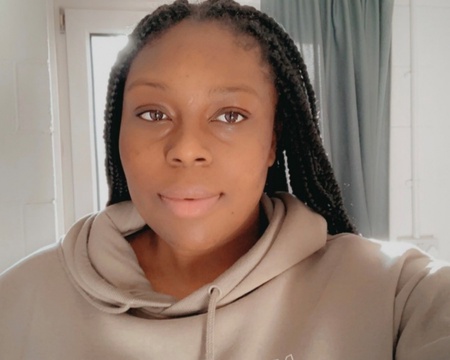After one of the most topical global events of 2020- the ‘Black Lives Matter’ campaign, 3rd year medical student Deborah Adepoju sheds some light on how the medical school has taken steps to diversify its curriculum and implement changes amid the pandemic!
Real Talk
Before the Black Lives Matter campaign, many of us were blind to the microaggressions and sly discriminations that ethnic minorities face daily. I am of Nigerian origin but have lived in Ireland all my life. I couldn’t possibly count the number of times I’ve experienced comments like: ‘I never expected someone like you to have an accent like that’ or ‘where are you from? No, where are you REALLY from?’. These are examples of microaggressions that are often overlooked and at times, even accepted as a norm in workplaces or lecture halls.
Open Letter to the Medical School
Last summer, some of my classmates were inspired to write an open letter to the medical school, highlighting the harsh realities of racism in medicine that our students have faced in recent years- both on the wards and in-house. The link to this letter can be found at here. This letter served as a wake-up call for both students and staff, and we endeavoured to make a change. Over the summer, myself and another medical student, Harry Quinn, were given a rather challenging but interesting task. We were asked to perform an audit of the MBChB curriculum and identify where there were gaps in Equality and Diversity teaching throughout years 1-5, and how we can improve this. We were also asked to develop new teaching material to incorporate Equality, Diversity, and Inclusion into current teaching. Before I decided which learning module I wanted to develop, I reflected on an experience I had a few months back.
Personal Experience
Last year, during a session on the wards, four of us were sent to the infection unit and split into groups of 2. Each group saw one patient for about an hour. We then had a handover session with the patients’ consultant. The other group met with a Nigerian patient who had just returned from traveling to Africa. After a discussion with his doctor, it became clear that the group had missed a rather important clinical sign in the patient- jaundice. Now, in case you don’t know, jaundice is basically a yellowing of the skin and other tissues like the white of the eyes. It’s usually a sign of liver damage. In this case, it was a sign of malaria. Due to the patient’s dark complexion, the group were unable to detect his jaundice. This got us all thinking and we came to 2 rather unsettling conclusions: 1) none of us knew how to spot clinical signs like jaundice in patients with darker skin because we were only taught on white patients and 2) if we were the doctors in this situation, our patient may have been completely misdiagnosed and a worst-case scenario prediction would be death.
The Action Plan
So, both the open letter to the medical school and this experience on the wards, inspired my choice of what module to develop. I wanted to design a programme of descriptions and questions to educate students on how to spot clinical signs in patients with darker skin tones. I called this module ‘Spot the Sign’. I looked at several signs that are usually very apparent on white skin and compared this to how they present on darker skin tones.
For example, take petechiae (small spots that are a sign of bleeding under the skin). On a white patient, this would look like red or purple pinprick spots on the skin. In slightly darker skin, the spots are harder to see, but are more visible in areas where the skin is a bit lighter (back of forearm/ abdomen).
In very dark skin, petechiae can’t be seen on the skin surface so it’s necessary to check in mucous membranes (inside the mouth/ inner eyelid).
This is one brief example of the kind of work I carried out over summer. The suggested modules have been rolled out to students and a positive response has been received.
Another medical student in London had a similar idea. He developed an online handbook called ‘Mind the Gap’ to demonstrate clinical signs in brown and black skin. More information can be found at this link: https://www.blackandbrownskin.co.uk/mindthegap
Conclusion
In several lectures, there have been examples of clinical signs such as cyanosis (blue-tinged skin) or erythema (reddening of the skin), all shown on white patients and I would always wonder: ‘okay, but what would that look like on me?’
The hope is that with the new ‘Spot the Sign’ modules and resources such as ‘Mind the Gap’, no student is left feeling underrepresented or worried if doctors are competent in treating people of their complexion.
I would love to hear people’s thought in the comments section about how the curriculum in other courses could be (or has been) improved to incorporate Equality, Diversity, and Inclusivity!
Deborah Adepoju is a 3rd year Medical student at the University of Aberdeen. She has taken a particular interest in promoting Equality and Diversity throughout the university and would like to see the changes she wrote about in this blog not only implemented in the short term, but maintained in the long term.
#spotthesign #mindthegap #equalityinmedicine

https://search.creativecommons.org/photos/557ac8be-0856-45eb-a68b-734c5fe06197
(this image was marked with a CC BY-NC 2.0 license. On Creative Commons).



This sounds like very interesting and important work, Congratulations Deborah on designing this module which will hopefully help to turn a corner in healthcare delivery.